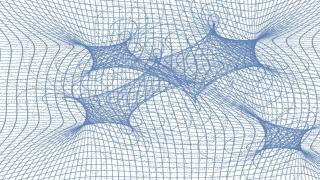Bibcode
Paiano, Simona; Falomo, Renato; Treves, Aldo; Scarpa, Riccardo; Sbarufatti, Boris
Bibliographical reference
The Astrophysical Journal
Advertised on:
6
2024
Journal
Citations
3
Refereed citations
3
Description
Following the high activity of the γ-ray Fermi source 4FGL J0449.1+1121 (PKS 0446+112), possibly associated with a IceCube neutrino event IC-240105A, we obtained optical spectroscopy with the Gran Telescopio Canarias of the counterpart. We detect a clear emission line at 3830 Å identified as Lyα that confirms the redshift of source at z = 2.153. Comparing with previous spectroscopy, we find an increase of the continuum by a factor ∼10, and a significant decrease of the C IV 1550 emission line flux by a factor ∼5. This produces a dramatic drop of the equivalent width from ∼20 to 0.8 Å, which is suggestive of a very high jet activity. The full width half maximum of the emission lines are midway (1000–2000 km s ‑1) between those typical of the broad and narrow regions of quasars. Based on this, the source classification is intermediate between flat spectrum radio quasar and BL Lac object.
Related projects

Relativistic and Theoretical Astrophysics
Introduction Gravitational lenses are a powerful tool for Astrophysics and Cosmology. The goals of this project are: i) to obtain a robust determination of the Hubble constant from the time delay measured between the images of a lensed quasar; ii) to study the individual and statistical properties of dark matter condensations in lens galaxies from
Evencio
Mediavilla Gradolph